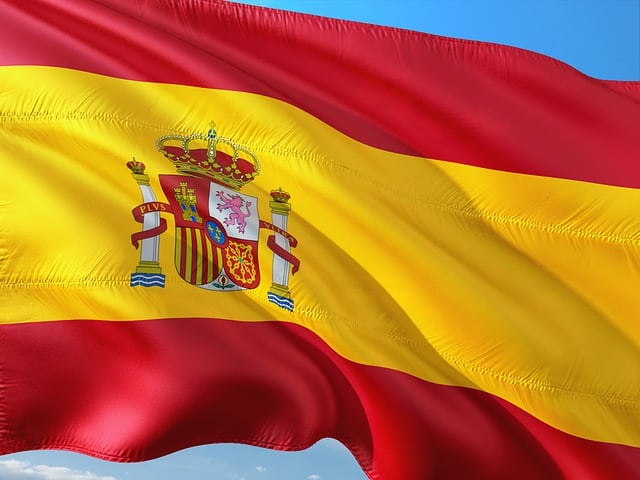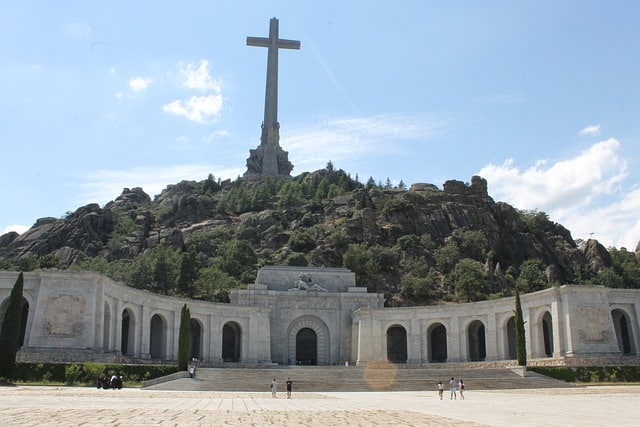
Francoism was a dictatorial regime imposed in Spain.
The dictatorial regime imposed by General Francisco Franco on Spanish territory is known as Francoism . The concept is also used to refer to the period of history that this dictatorship covers.
Therefore, it can be said that Francoism lasted between 1939 and 1975 . Its beginnings are linked to the outcome of the Spanish Civil War , while its end came with the death of the aforementioned soldier.
Origins of Francoism
Francisco Franco Bahamonde (1892–1975) es el hombre cuyo accionar y su ideología definieron a lo que hoy se conoce como franquismo. Franc fue uno de los líderes del coup d'état que, en July 1936, derrocó al gobierno de la Second Republic y dio comienzo a la guerra civil.
Within the framework of this conflict, Franco assumed leadership of the rebellious side. Then, with the triumph of this faction and the seizure of power , he became the head of Government. Therefore, starting in 1939 , the Franco regime was launched.

The Valley of the Fallen is a group of monuments that was built during the Franco regime.
Main features
Francoism was established as a dictatorship : it concentrated power in Franco , restricted individual freedoms, appealed to repression and used violence to achieve its objectives. Also, due to these particularities and its attempt to control social ties, it can be considered a totalitarian regime .
Regarding its ideology , among the pillars of Franco's regime were Catholicism and nationalism . In this context, it is interesting to mention that the Franco regime persecuted the independence movements.
Another important aspect of Francoism was its anti-communism . In fact, he set out to prevent communism from breaking into Spain and from advancing in the Western world.
Francoism, fascism and Nazism
Francoism maintained a close link with fascism , a movement born in Italy that had Benito Mussolini ( 1883 – 1945 ) as its emblem. He is even considered an exponent of this corporatist ideology.
It is even often associated with Nazism due to their commonalities, both ideological and political . Francoism, fascism and Nazism, beyond certain differences, share the fact of having been totalitarian regimes.
His influence today
We said above that the Franco regime came to an end with Franco 's death in 1975 . The general had designated as his successor Juan Carlos de Borbón , until then prince of Spain and later crowned king. Juan Carlos I was the one who promoted the democratization process of the country.
Over time it was determined that during Franco's regime more than two hundred concentration camps operated and that there were thousands of people shot. Franco was charged postmortem with crimes against humanity and the dictatorship was condemned by the Council of Europe .
After a period of massive rejection of Francoism, in recent years right-wing groups have emerged that vindicate the dictatorship and even Franco himself. In any case, at a general level, the majority of political parties maintain a critical position.
An example of the relevance that Francoism continues to have today is the survival of the Francisco Franco National Foundation , founded in 1976 to disseminate the thoughts and work of the dictator.
